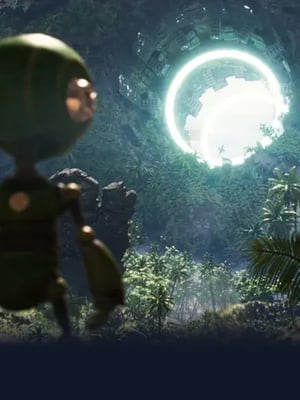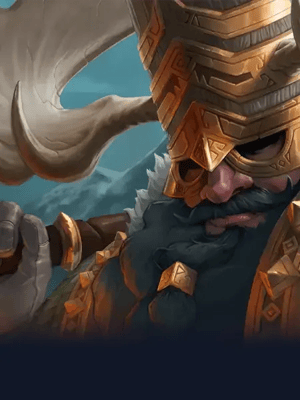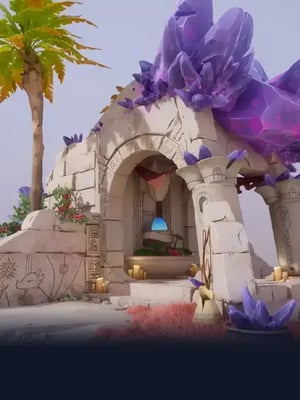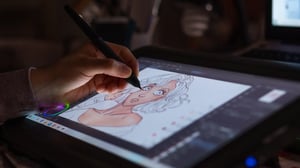
All Courses
Specialized online courses and mentorship to prepare you for a career in the creative industries
Bachelor's Degrees & Diplomas
-
All
-
Animation
-
3D Modeling
-
Concept Art
-
Visual Effects
-
Game Development
-
Virtual Film Making
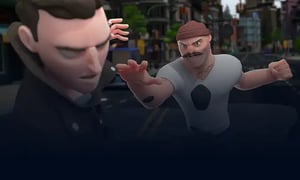
Program
Beginner to Advanced 6-24 Months
Discover how to bring your digital characters and creatures to life for film and games. Build your 3D animation skills and discover key production pipelines and processes.
Program
Beginner to Advanced 6-24 Months
Discover how to bring your digital characters and creatures to life for film and games. Build your 3D animation skills and discover key production pipelines and processes.

Program
Beginner to Advanced 6-24 Months
Master the industry tools and techniques to pursue a career in 2D animation. Breathe life and personality into your creations and dive into production pipelines and creative workflows.
Program
Beginner to Advanced 6-24 Months
Master the industry tools and techniques to pursue a career in 2D animation. Breathe life and personality into your creations and dive into production pipelines and creative workflows.
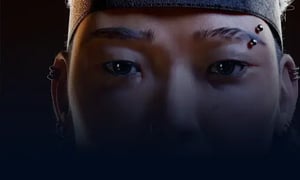
Program
Beginner to Advanced 6-24 Months
Learn to digitally model assets, creatures, and environments for film and games. Master industry tools and techniques and dive deeper into production pipelines and creative workflows.
Program
Beginner to Advanced 6-24 Months
Learn to digitally model assets, creatures, and environments for film and games. Master industry tools and techniques and dive deeper into production pipelines and creative workflows.
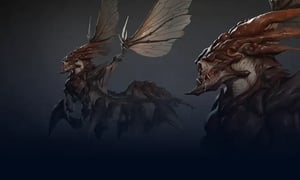
Program
Beginner to Advanced 6-24 Months
Become a concept artist for the creative industries. Use 2D and 3D software to create compelling characters, props, and environments, and learn industry production pipelines and creative workflows.
Program
Beginner to Advanced 6-24 Months
Become a concept artist for the creative industries. Use 2D and 3D software to create compelling characters, props, and environments, and learn industry production pipelines and creative workflows.
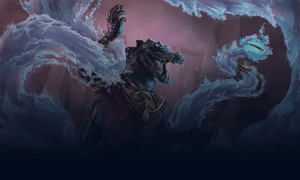
Program
Beginner to Advanced 6-24 Months
Become a digital illustrator for film, games, and publishing. Use 2D and 3D software to create compelling compositions, and dive into production pipelines and creative workflows used in the industry.
Program
Beginner to Advanced 6-24 Months
Become a digital illustrator for film, games, and publishing. Use 2D and 3D software to create compelling compositions, and dive into production pipelines and creative workflows used in the industry.

Program
Beginner to Advanced 6-24 Months
Enter the dynamic world of FX and learn how to create fire, destruction, waves, and magic using industry-standard tools and techniques while exploring the production pipeline and creative workflows.
Program
Beginner to Advanced 6-24 Months
Enter the dynamic world of FX and learn how to create fire, destruction, waves, and magic using industry-standard tools and techniques while exploring the production pipeline and creative workflows.
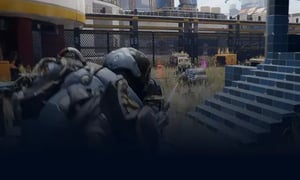
Program
Beginner to Advanced 6-24 Months
Learn to plan, develop, and create immersive and interactive games. Using industry software and practices, build the techniques and knowledge that will help you succeed in the video game industry.
Program
Beginner to Advanced 6-24 Months
Learn to plan, develop, and create immersive and interactive games. Using industry software and practices, build the techniques and knowledge that will help you succeed in the video game industry.
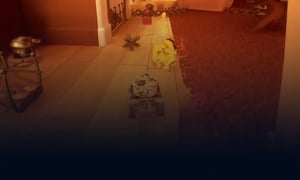
Program
Beginner to Advanced 6-24 Months
Learn to program game systems using industry workflows and techniques. Guided by game dev experts, you'll create a playable game while building essential interpersonal skills and industry knowledge.
Program
Beginner to Advanced 6-24 Months
Learn to program game systems using industry workflows and techniques. Guided by game dev experts, you'll create a playable game while building essential interpersonal skills and industry knowledge.

Program
Beginner to Advanced 6-24 Months
Train to become a real-time 3D technical artist. Learn storytelling, world building, lighting, and camera essentials to create film-quality shots for virtual production.
Program
Beginner to Advanced 6-24 Months
Train to become a real-time 3D technical artist. Learn storytelling, world building, lighting, and camera essentials to create film-quality shots for virtual production.
Career Tracks
-
All
-
Animation
-
3D Modeling
-
3D Visualization
-
Concept Art & Illustration
-
Visual Effects
-
Game Development
-
Real-time 3D

Foundations
Beginner to Intermediate 9 Months
Build your 2D animation foundations using both modern and traditional animation workflows to create animations from scratch. Receive guidance from industry pros who’ve worked on iconic cartoons.
Foundations
Beginner to Intermediate 9 Months
Build your 2D animation foundations using both modern and traditional animation workflows to create animations from scratch. Receive guidance from industry pros who’ve worked on iconic cartoons.
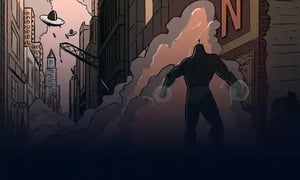
Specialization
Advanced 9 Months
Study advanced aspects of 2D animation and create compelling characters, expressive acting and FX animation. Increase your technical skills and build a polished portfolio with mentor support.
Specialization
Advanced 9 Months
Study advanced aspects of 2D animation and create compelling characters, expressive acting and FX animation. Increase your technical skills and build a polished portfolio with mentor support.
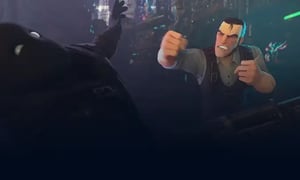
Foundations
Beginner to Intermediate 9 Months
Build foundational 3D animation skills taught by industry experts. Learn to make your 3D characters walk, talk, and interact with their environment as you build your understanding of body mechanics.
Foundations
Beginner to Intermediate 9 Months
Build foundational 3D animation skills taught by industry experts. Learn to make your 3D characters walk, talk, and interact with their environment as you build your understanding of body mechanics.
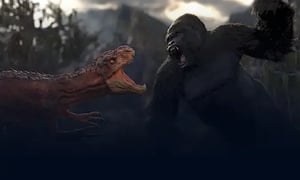
Specialization
Advanced 9 Months
Master complex character animation techniques to create impressive 3D scenes. You’ll also focus on portfolio preparation and career development with your industry mentor to help you get job-ready.
Specialization
Advanced 9 Months
Master complex character animation techniques to create impressive 3D scenes. You’ll also focus on portfolio preparation and career development with your industry mentor to help you get job-ready.
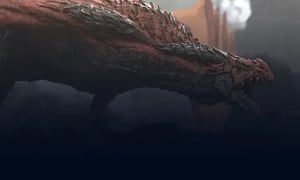
Foundations
Beginner to Intermediate 9 Months
Learn 3D modeling, digital sculpting, and texturing from industry pros. Go from beginner to proficient in creating 3D characters and environments from scratch using industry-standard techniques.
Foundations
Beginner to Intermediate 9 Months
Learn 3D modeling, digital sculpting, and texturing from industry pros. Go from beginner to proficient in creating 3D characters and environments from scratch using industry-standard techniques.
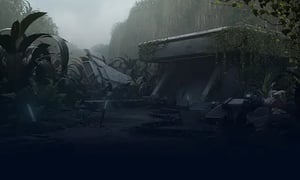
Specialization
Advanced 9 Months
Refine your 3D modeling efficiency and refine your environment and character design skills by creating detailed, fully rendered assets. Focus on building your portfolio and mastering key job skills.
Specialization
Advanced 9 Months
Refine your 3D modeling efficiency and refine your environment and character design skills by creating detailed, fully rendered assets. Focus on building your portfolio and mastering key job skills.

Foundations
Beginner to Intermediate 12 Months
This comprehensive course will equip you with the skills to plan, build, and render stunning realistic 3D scenes from scratch with support at every step from your mentor.
Foundations
Beginner to Intermediate 12 Months
This comprehensive course will equip you with the skills to plan, build, and render stunning realistic 3D scenes from scratch with support at every step from your mentor.
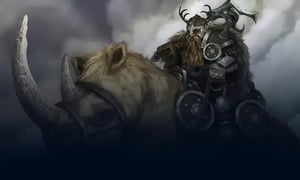
Foundations
Beginner to Intermediate 9 Months
Build concept art foundations, from art theory to the latest techniques. Using core art principles, you'll learn how to turn ideas into captivating characters, creatures, props, and environments.
Foundations
Beginner to Intermediate 9 Months
Build concept art foundations, from art theory to the latest techniques. Using core art principles, you'll learn how to turn ideas into captivating characters, creatures, props, and environments.
View Course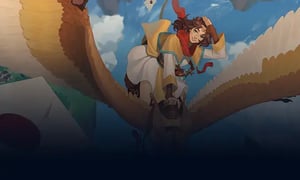
Specialization
Advanced 9 Months
Learn advanced techniques and workflows to create narrative artworks that tell rich stories. Build industry job skills including how to work to a client brief, and refine your portfolio.
Specialization
Advanced 9 Months
Learn advanced techniques and workflows to create narrative artworks that tell rich stories. Build industry job skills including how to work to a client brief, and refine your portfolio.
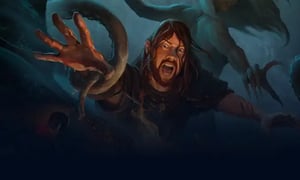
Specialization
Advanced 9 Months
Learn advanced illustration techniques and workflows to create narrative artworks that tell rich stories. Build industry job skills including how to work to a client brief, and refine your portfolio.
Specialization
Advanced 9 Months
Learn advanced illustration techniques and workflows to create narrative artworks that tell rich stories. Build industry job skills including how to work to a client brief, and refine your portfolio.

Foundations
Beginner to Intermediate 12 Months
This course prepares you creatively and technically for a career as a compositor. Learn advanced techniques from digital painting, color theory, keying, scripting and lighting techniques used by top VFX artists.
Foundations
Beginner to Intermediate 12 Months
This course prepares you creatively and technically for a career as a compositor. Learn advanced techniques from digital painting, color theory, keying, scripting and lighting techniques used by top VFX artists.
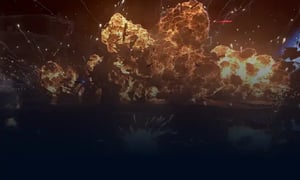
Foundations
Beginner to Intermediate 9 Months
Foundations
Beginner to Intermediate 9 Months
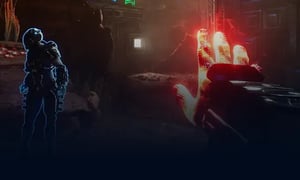
Foundations
Beginner to Intermediate 9 Months
Learn to analyze games, solve design problems, and create great user experiences. Write design documents, develop a compelling game pitch, and finish with a playable game.
Foundations
Beginner to Intermediate 9 Months
Learn to analyze games, solve design problems, and create great user experiences. Write design documents, develop a compelling game pitch, and finish with a playable game.
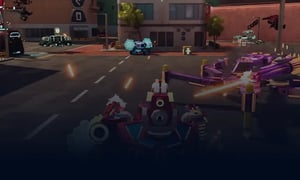
Specialization
Advanced 9 Months
Master level design by learning player flow, spatial design, and gameplay balance. Build immersive, interactive environments using industry-standard tools and real-world techniques.
Specialization
Advanced 9 Months
Master level design by learning player flow, spatial design, and gameplay balance. Build immersive, interactive environments using industry-standard tools and real-world techniques.

Foundations
Beginner to Intermediate 9 Months
Build strong game programming foundations in this comprehensive course using C++ and Unreal Engine. By the end of the course, you'll have your very own playable game.
Foundations
Beginner to Intermediate 9 Months
Build strong game programming foundations in this comprehensive course using C++ and Unreal Engine. By the end of the course, you'll have your very own playable game.
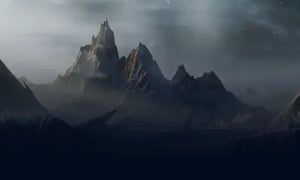
Foundations
Train to become a real-time 3D technical artist. Go from beginner to intermediate as you learn storytelling, world building, lighting and camera essentials to create film quality shots for virtual production.
Foundations
Train to become a real-time 3D technical artist. Go from beginner to intermediate as you learn storytelling, world building, lighting and camera essentials to create film quality shots for virtual production.

Specialization
Advanced 9 Months
Gain advanced real-time 3D skills. Learn digital storytelling and hone your world-building, lighting, and camera skills to create film-quality cinematics. Graduate with a job-ready portfolio.
Specialization
Advanced 9 Months
Gain advanced real-time 3D skills. Learn digital storytelling and hone your world-building, lighting, and camera skills to create film-quality cinematics. Graduate with a job-ready portfolio.
Short Courses
-
All
-
Animation
-
3D Modeling
-
3D Visualization
-
Concept Art & Illustration
-
Visual Effects
-
Game Development
-
Real-time 3D
-
Drawing
-
2D Animation
-
Storyboarding

Essentials
Learn 2D animation basics. This short course covers hand-drawn-style animation, the 12 Principles of Animation, and classic exercises like the bouncing ball and walk cycle led by industry artists.
Essentials
Learn 2D animation basics. This short course covers hand-drawn-style animation, the 12 Principles of Animation, and classic exercises like the bouncing ball and walk cycle led by industry artists.
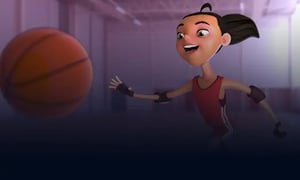
Essentials
Learn 3D animation basics for beginners! Start with the essentials, including the 12 Principles of Animation, character rigs and posing, then animate your first walk cycle using industry tools.
Essentials
Learn 3D animation basics for beginners! Start with the essentials, including the 12 Principles of Animation, character rigs and posing, then animate your first walk cycle using industry tools.
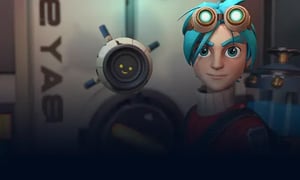
Essentials
3D modeling for beginners starts with the essentials! Set up workflows and build 3D models from scratch. Discover the differences between film and game assets and learn how to texture your 3D models.
Essentials
3D modeling for beginners starts with the essentials! Set up workflows and build 3D models from scratch. Discover the differences between film and game assets and learn how to texture your 3D models.

Essentials
Learn the basics of 3D with no prior experience required. Create scenes while building your skills in 3D modeling, lighting, rendering, texturing, shading, and more.
Essentials
Learn the basics of 3D with no prior experience required. Create scenes while building your skills in 3D modeling, lighting, rendering, texturing, shading, and more.
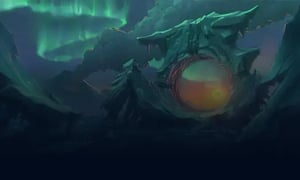
Essentials
This short course will help you gain an understanding of concept art essentials. Apply your learnings to design assets with support and feedback from an industry pro. Basic drawing skills required.
Essentials
This short course will help you gain an understanding of concept art essentials. Apply your learnings to design assets with support and feedback from an industry pro. Basic drawing skills required.

Essentials
Explore the art of seamlessly integrating live action footage with digital assets in this beginners course. Practice rotoscoping techniques and green screen keying, then build a simple VFX shot from scratch.
Essentials
Explore the art of seamlessly integrating live action footage with digital assets in this beginners course. Practice rotoscoping techniques and green screen keying, then build a simple VFX shot from scratch.
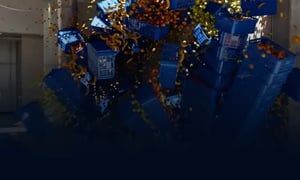
Essentials
Discover how FX are created in this short beginner's course. Guided by an industry mentor, you'll learn about dynamic simulation and the concepts behind it, and begin creating your own FX shots from scratch.
Essentials
Discover how FX are created in this short beginner's course. Guided by an industry mentor, you'll learn about dynamic simulation and the concepts behind it, and begin creating your own FX shots from scratch.
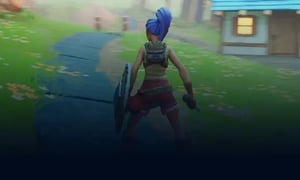
Essentials
Find out what makes an addicting game, exploring game mechanics and systems, genres, level design and world building. Expect a mix of theory, paper design, concepting and hands-on practice.
Essentials
Find out what makes an addicting game, exploring game mechanics and systems, genres, level design and world building. Expect a mix of theory, paper design, concepting and hands-on practice.
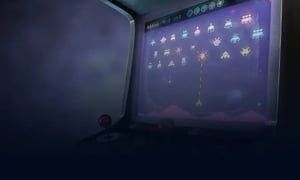
Essentials
Learn to build games from scratch with expert mentorship and hands-on projects. Gain the skills and industry insight to launch your game development career.
Essentials
Learn to build games from scratch with expert mentorship and hands-on projects. Gain the skills and industry insight to launch your game development career.
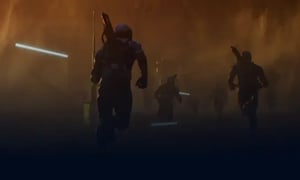
Essentials
Dive into the virtual world of real-time 3D as a beginner and discover how to set up 3D models, scenes, rigs, and animation for virtual production led by an industry mentor throughout this short course.
Essentials
Dive into the virtual world of real-time 3D as a beginner and discover how to set up 3D models, scenes, rigs, and animation for virtual production led by an industry mentor throughout this short course.
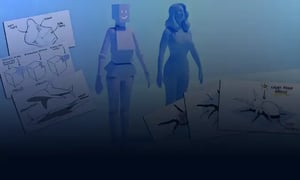
Course
Learn drawing basics with no prior experience required. Learn how to use Photoshop and explore perspective and anatomy to bring your ideas to life!
Course
Learn drawing basics with no prior experience required. Learn how to use Photoshop and explore perspective and anatomy to bring your ideas to life!
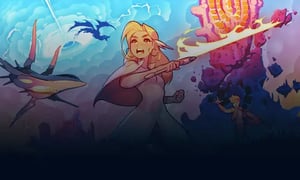
Course
Master the art of hand-drawn 2D animated effects—including flames, gasses, liquids, magic, and more—from initial design to final rendering, guided by an industry expert.
Course
Master the art of hand-drawn 2D animated effects—including flames, gasses, liquids, magic, and more—from initial design to final rendering, guided by an industry expert.
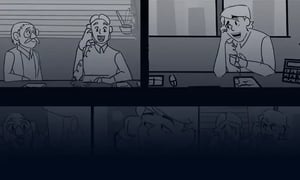
Course
Master the essential tools of storyboarding for character-driven dialogue & drama scenes and create fully realized storyboards with guidance from industry pros.
Course
Master the essential tools of storyboarding for character-driven dialogue & drama scenes and create fully realized storyboards with guidance from industry pros.
Need Help Deciding?
We know choosing the right course can be tough, but don’t worry—we’re here to help! Get in touch, and we’ll guide you toward the perfect course for your goals and budget.Get The Education Your Deserve
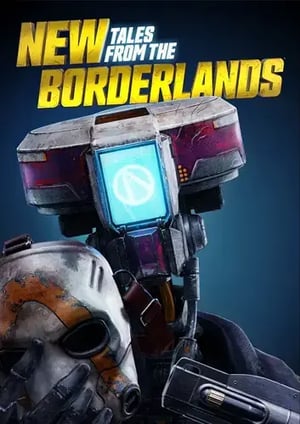
"My experience at CG Spectrum was second to none, and taught me so much more than I initially anticipated.
My mentor took me from being barely computer literate to an animator working at a studio in only a year and a half. The information and level of teaching at CG Spectrum will absolutely not be found anywhere else."

Kieran | Animation
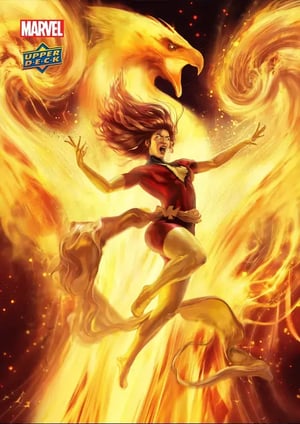
"I have never experienced such an explosive evolution in my art since attending CG Spectrum.
I have learnt an incredible amount, not only from my amazing mentor Eric Wilkerson but from the entire CGS community. Being part of such an amazing program has opened my eyes to techniques that have streamlined my process and increased my confidence tenfold."

Oliver H | Concept Art & Illustration
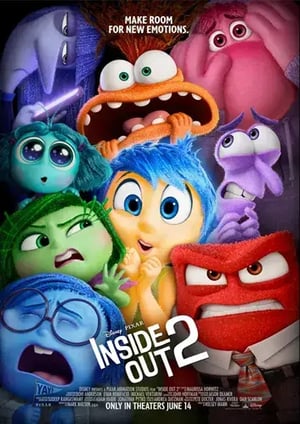
"CG Spectrum seemed too good to be true. Looking back, it was the best decision.
Every mentor and staff member has been so hands-on and directly involved in my learning. Co-Directors of top box office movies and supervisors of major Netflix TV shows are giving me feedback on my projects. Students also have access to a strong community, and an awesome career class to prepare you for your dream job."

Stephanie S | 3D Modeling
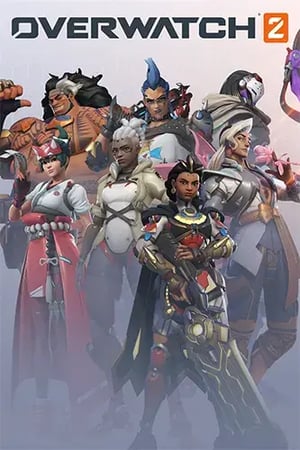
"Having a mentor definitely helped! It was awesome to have someone I could reach out to when I was stuck.
Getting the weekly feedback also helped in terms of what to improve and what to focus on next. In Term 3, we learned Unreal Engine; I implemented the knowledge I gained in that course to my Advanced 3D Modeling Course to create some additional renders that demonstrated my understanding of using and integrating game-ready assets into an actual game engine.

Benjamin O | 3D Modeling
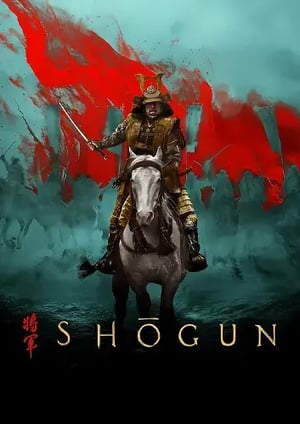
"Hands down the best decision I've made for my career.
The learning material and staff were great, and having an industry mentor was an invaluable asset that really helped me get my break in the VFX industry."

Alan R | VFX Compositing
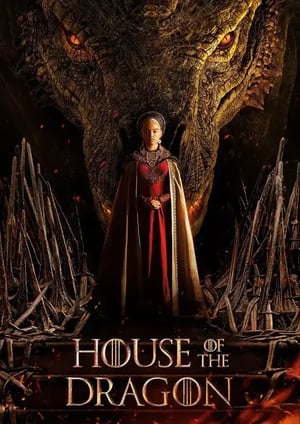
"The CG Spectrum training solidified my skills using Unreal Engine.
Having used it briefly before, and feeling overwhelmed by how big the range is of what you can do using the engine, the training taught me the areas I would need for virtual production very well. I now feel confident with the skills I have gained."

Simran M | Real-Time 3D & Virtual Production
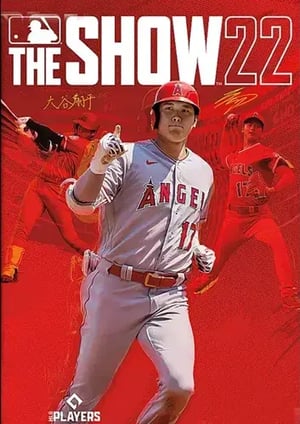
"CG Spectrum is the perfect place to gain focus, understanding, an encouragement for your journey.
If you are looking for a supportive place to gain or hone skills in game design or other verticals, CGS is a fantastic and worthy place to dive in."

Shaul H | Game Design
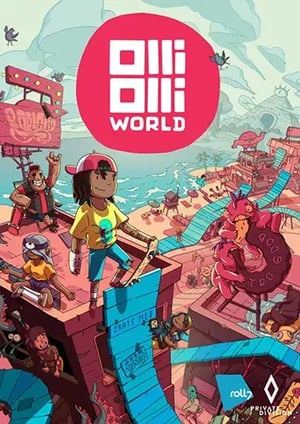
"I highly recommend signing up with CG Spectrum!
I was looking for a final push to bump my skills and finally start applying for jobs as an artist. Shortly after finishing my Advanced 3D Modeling Course I landed my first job as Junior Environment Artist, which was my dream!"

Kasia P | 3D Modeling
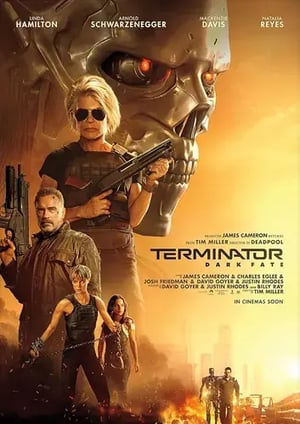
"I got a job offer at a major feature film studio before even graduating!
Studying at CG Spectrum gave me the opportunity to network with industry artists while I was learning, and coupled with the amazing course, I was able to secure a position in the industry. Now I'm working on amazing projects in my dream job!"

Andi E | 3D Modeling
Join Our Alumni at World Class Studios
Our mission is to train highly skilled graduates ensuring they are prepared for a successful career. Take the first step towards joining our alumni at world-class studios creating work that inspires.












